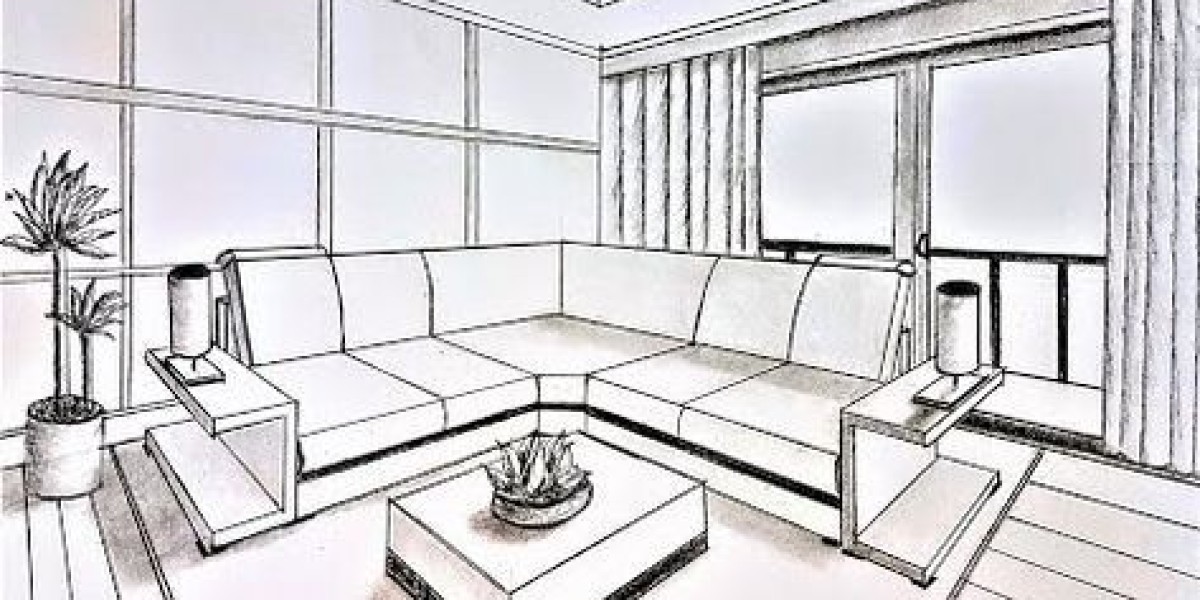Interior design is no longer just about decorating spaces — it’s a dynamic and growing profession that combines creativity, technical knowledge, space planning, and an understanding of human behavior. If you're thinking about joining an Interior Designing Course, it's important to make an informed decision. From understanding the curriculum to knowing your career options, here’s everything you need to know before you take the leap.
1. Understand What Interior Design Really Involves
Many people think interior design is simply about choosing colors, fabrics, and furniture. While these are important, the actual scope is much broader. A trained interior designer is expected to:
Analyze spaces and create functional layouts
Choose materials, lighting, and finishes based on user needs
Understand building codes and safety standards
Communicate ideas through sketches, software, and mood boards
Collaborate with architects, engineers, and contractors
Interior design is both creative and technical — a balance of art and science. If you enjoy problem-solving, designing, and working with people, it could be a great career fit.
2. Choose the Right Type of Course for Your Needs
There are several types of interior design programs, each suited for different goals and backgrounds:
Diploma in Interior Design – Usually 6 months to 1 year; ideal for beginners or professionals switching careers
Advanced Diploma or PG Diploma – Suitable for graduates or those seeking specialization
Bachelor’s Degree (BSc/BDes/BVA) – Typically 3–4 years; for those seeking in-depth academic training
Short-Term Certification Courses – Focused on specific skills like AutoCAD, SketchUp, or Modular Furniture Design
Before enrolling, evaluate how much time you can commit and what your career goals are. For working professionals or civil diploma holders, flexible diploma programs may be the best fit.
3. Look for a Practical, Industry-Focused Curriculum
An interior design course should do more than teach theory. It should prepare you for real-world challenges. Look for institutes that offer:
Training in design software like AutoCAD, SketchUp, Photoshop, and 3Ds Max
Site visits and live project opportunities
Case studies and hands-on studio work
Guest lectures by practicing designers and industry experts
Portfolio development and presentation skills
Courses that include practical assignments and exposure to client briefs help you become job-ready from day one.
4. Verify the Institute’s Credentials and Placement Support
Not all institutes offer the same value. Before joining, check:
Is the institute recognized or affiliated with any design council or university?
Do they offer certified courses with valid credentials?
Do they have experienced faculty from the industry?
Do they provide placement assistance or internship support?
Institutes like PaperLoft Institute in Bangalore, for example, are known for offering flexible diploma programs with strong placement guidance, especially for students and professionals who need weekday or weekend batch options.
5. Be Ready to Learn Software Tools
Modern interior design depends heavily on digital tools. Even if you're artistically inclined, you’ll need to know how to use design software to:
Create technical floor plans and elevations (AutoCAD)
Build 3D models and walkthroughs (SketchUp, 3Ds Max)
Work on lighting and rendering (V-Ray, Lumion)
Edit visuals and mood boards (Photoshop)
Most reputed courses include hands-on training in these tools — essential for your career in both freelance and corporate settings.
6. Know the Career Opportunities After the Course
Interior design is a versatile career. Once you complete your course, you can work in:
Residential interior design
Commercial spaces (offices, cafes, retail)
Modular kitchen and furniture design
Real estate and property styling
Interior styling and set design
3D visualization and drafting
Freelance or independent consultancy
You can also work with architecture firms, construction companies, or even start your own design studio.
7. Understand the Investment: Time, Money, and Effort
Interior design is not a shortcut to success — like any profession, it requires dedication. Be prepared to:
Spend time outside class on design research and software practice
Build a strong portfolio through projects and assignments
Network with industry professionals to gain exposure
Invest in quality learning resources and tools (some software may need licenses or subscriptions)
That said, with the right guidance and mindset, it can be one of the most rewarding and creative careers you can choose.
8. Soft Skills Matter Too
In addition to technical skills, interior designers must also have:
Strong communication skills for client meetings and team coordination
Presentation skills to explain your ideas visually and verbally
Time management and the ability to juggle multiple projects
An eye for detail and problem-solving ability
These skills often develop through real-world exposure, internships, and mentorship — another reason to choose a course that includes industry interaction.
Conclusion
Joining a course on interior design is a big step — one that can open up a world of creative and professional possibilities. But success in this field starts with choosing the right course, the right institute, and approaching your training with curiosity and commitment.
Whether you’re just starting out, switching careers, or looking to upskill, make sure your interior design education equips you not just with knowledge, but with the tools, experience, and confidence to succeed.
If you’re looking for a flexible, hands-on, and career-oriented course in Bangalore, consider exploring the programs at PaperLoft Institute. With placement support, expert mentorship, and a learner-friendly approach, it’s designed to help you turn your creativity into a career.








